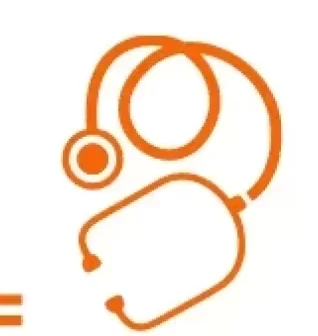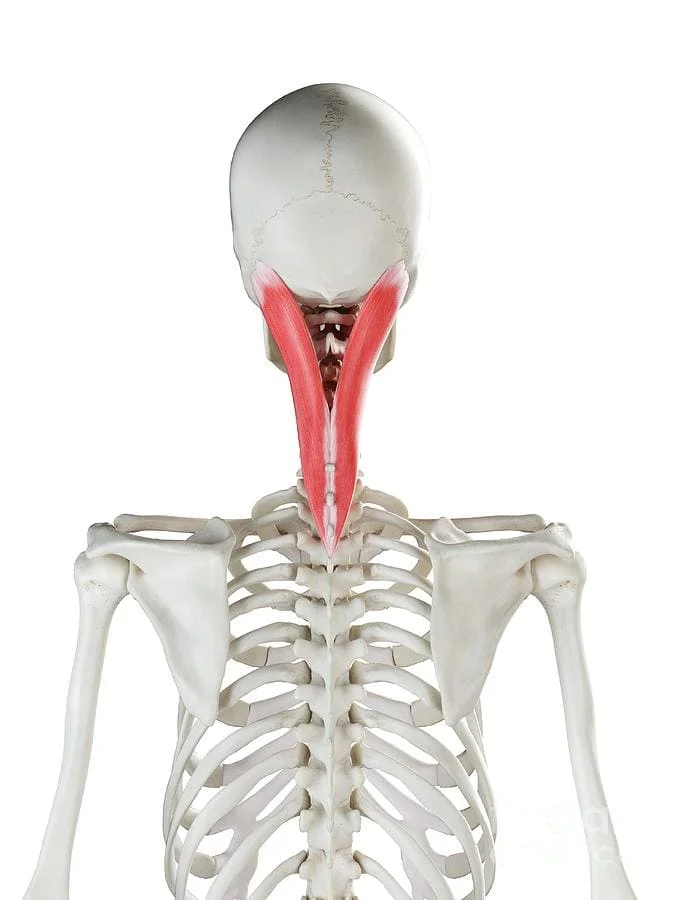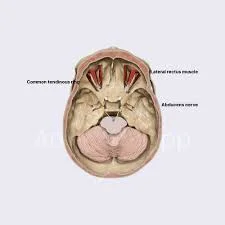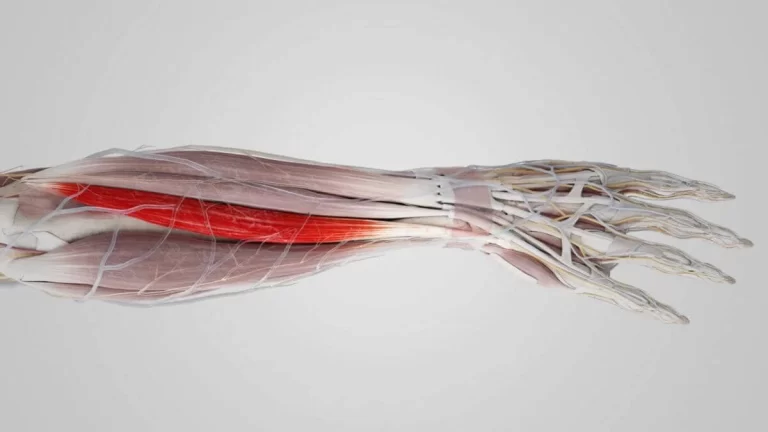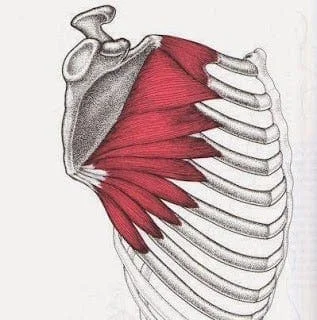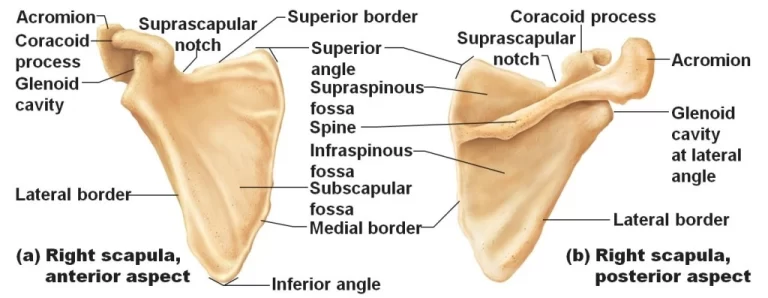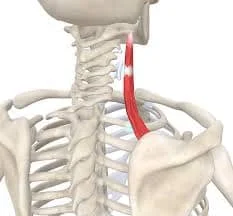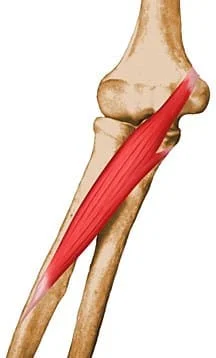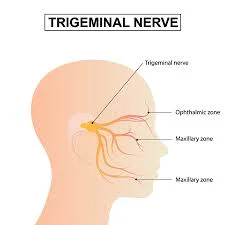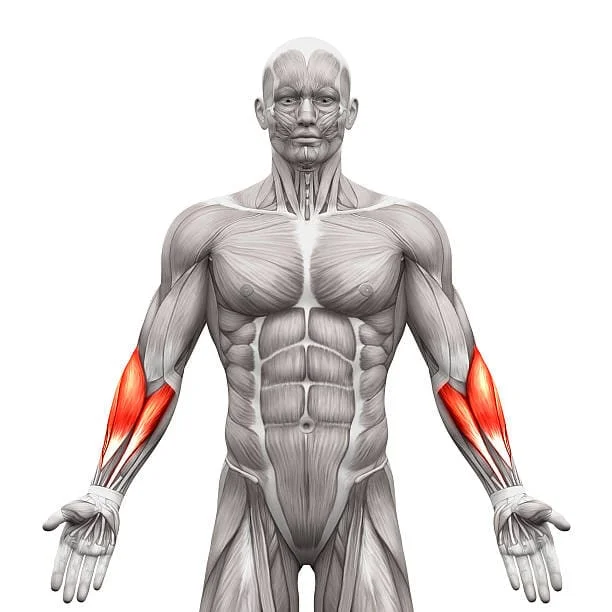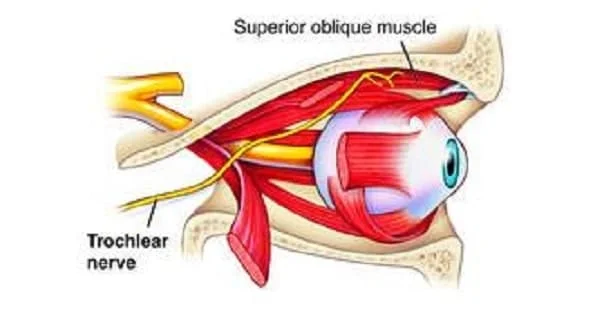Longus Capitis Muscle
The longus capitis muscle is one of the four deep muscles of the anterior neck. It originates from the transverse processes of the third to the sixth cervical vertebrae and inserts onto the basilar part of the occipital bone. What Is The Longus Capitis Muscle? A deep anterior neck muscle that runs in front of…
